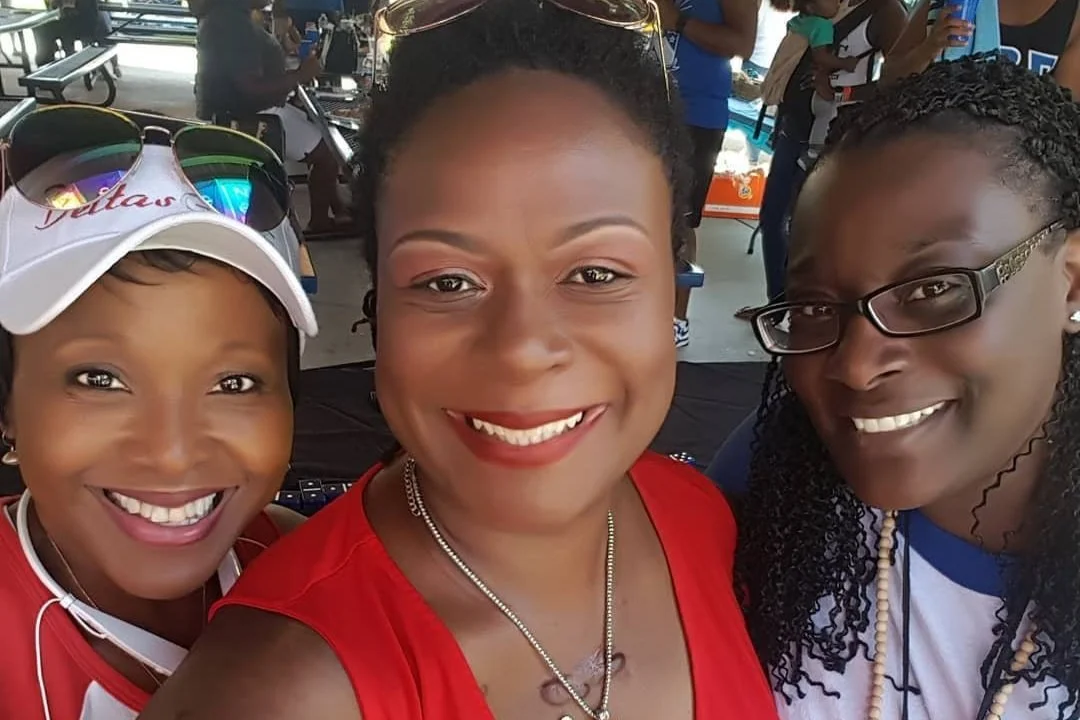Embracing Accommodation, Inclusion, and Trust is My Journey Through Partial Permanent Disability
My journey through partial permanent disability began unexpectedly on 11/11/11. While I wish I had an exciting story, I merely remember feeling the disconnection between the upper and lower halves of my body as I hit the floor. The sound of a snap and intense pain alerted me to the severity of the situation. The ambulance arrived promptly, stabilizing both my dislocated left knee and broken ankle before rushing me to the nearest hospital for evaluation.
Thus began a three-year journey of multiple surgeries, physical therapy, and countless medical appointments. Since that day, I have encountered challenges, misconceptions, and moments of self-discovery. However, I have also experienced the power of accommodation, inclusion, and trust, which has transformed my perspective on disability and caregiving responsibilities.
According to a report from Bentley University, two-thirds of people with disabilities classify them as “invisible” or not visually detectable so many of people we encounter every day have a disability we may not know about. When my employer, the Institute for Public Relations (IPR) released a study with Voya Financial, “Disabilities in the Workplace: Culture, Communication, Support, and Inclusion,” I could relate to some of the study’s findings.
Two years into my journey, my temporary handicap placard was replaced with a permanent one, signifying a lasting change in my circumstances. Unfortunately, I was left with unanswered questions: How do I explain the employment gap caused by my disability? How do I disclose my status to potential employers? And perhaps most importantly, how do I come to terms with this new identity myself?
As a Black woman, I have faced my fair share of "no" or "you cannot" throughout my life, but I always responded with a resounding "yes" and a determination to prove them wrong. However, I've come to accept that some side effects of my disability are permanent, and no amount of willpower can fully restore what was lost.
Fortunately, my self-employment as a consultant provided flexibility, and I continued working with former employers and new connections while accommodating my surgeries and appointments. Being my own boss made it easier to hide my disability, as most of my work involved remote interactions. On the rare occasions I worked in-person with clients, I strategically managed my movements and made use of available accommodations. However, after years of working independently, I began to yearn for a sense of belonging in a team environment. This desire prompted me to search for traditional employment opportunities, which also brought new concerns. For example, larger organizations collected data that I thought would create biases and stereotypes against me so I avoided applying there.
I am not alone. In our IPR-Voya Financial study, 1-in-3 people who have a disability and one in five caregivers have not disclosed their disability or caregiving responsibilities to their employer. Reasons the respondents indicated included embarrassment, stigma, and even rejection of being hired or fear of being fired.
When I was on the job market, I felt comfortable enough to disclose my occasional caregiving responsibilities for my mother, who resides in another state, to the IPR CEO after a couple of virtual job interviews. However, I did not mention to her that I had a permanent physical disability. During one of my first business trips, my CEO noticed my limping and the truth emerged.
To my surprise, my CEO responded empathetically, "How do we need to accommodate you?" This provided me an incredible sense of relief, validation, and placed me in control of determining the best ways to work within my limitations. It highlighted the importance of accommodating individuals with disabilities and recognizing their capabilities. Moreover, it emphasized the need to extend the same considerations to those with caregiving responsibilities.
In our IPR-Voya Financial study, we found that immediate supervisors and colleagues showed employees with disabilities and caregivers the most support, but some employees felt less supported by the organization as a whole. Also, 7-in-10 employees who are caregivers were more likely to feel comfortable speaking about their caregiving responsibilities versus 6-in-10 employees who were willing to talk about their disability. In my workplace, empathy, understanding, and self-care are integral to our corporate culture, fostering an environment where individuals can thrive.
Every person deserves the opportunity to contribute, irrespective of their disabilities or caregiving obligations. As a Black woman with a disability, I hope to inspire change and challenge the biases that hinder opportunities for individuals who fall into multiple marginalized categories. By embracing empathy and understanding, we can foster corporate cultures that recognize the value and potential of every person, regardless of their abilities or caregiving responsibilities and create a society that empowers and supports individuals in their pursuit of success and fulfillment. Leaders should be vocal in supporting people with disabilities as well as caregivers, offering a supportive culture where people can thrive and grow professionally.


